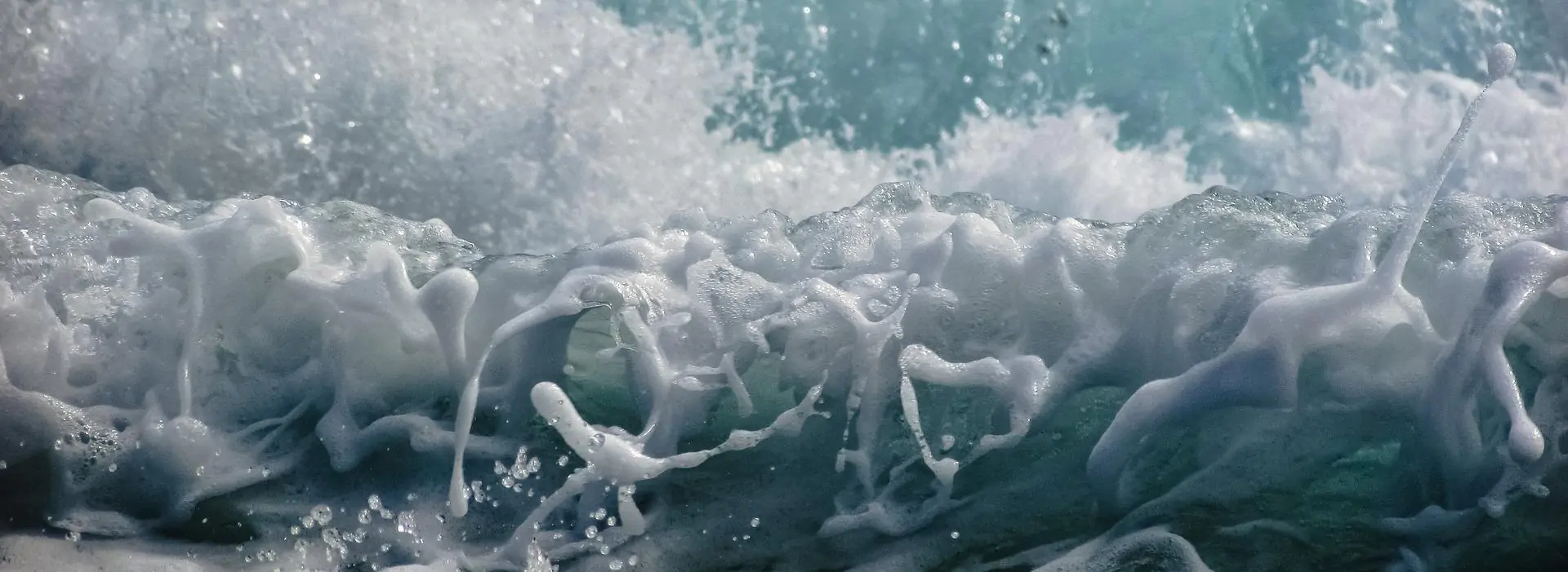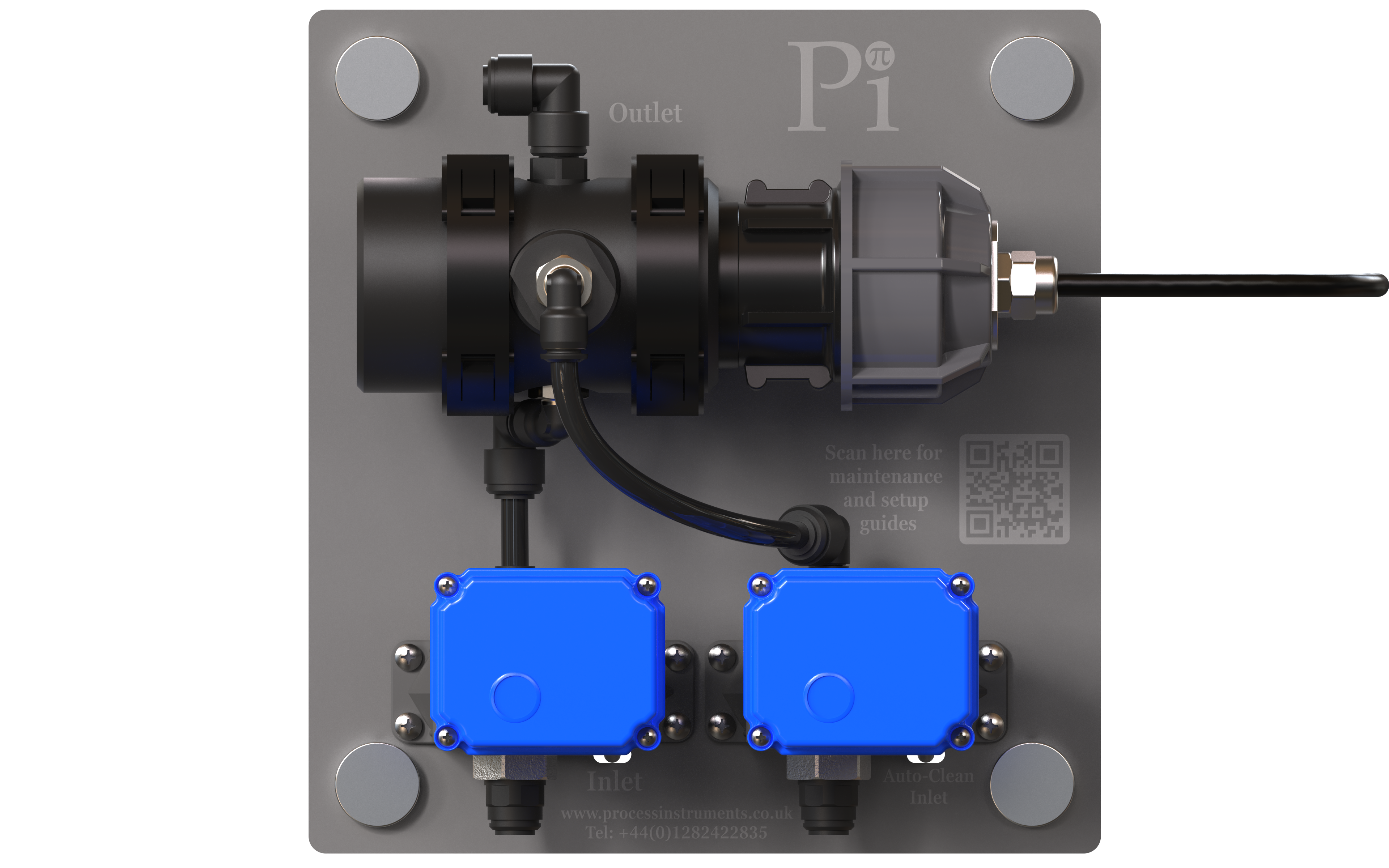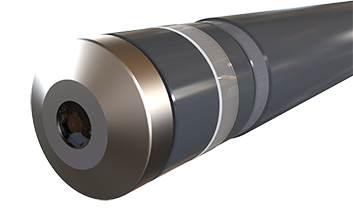Why does the market need another turbidity sensor when so many are already available?
The simple answer to this question is that current sensors cannot overcome all of the common issues relating to online turbidity measurement. Pi’s patented
MutoLux® turbidity measurement system revolutionises turbidity measurement and has a solution for all these problems.
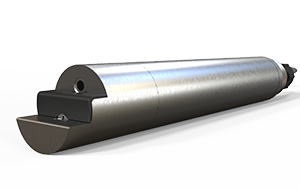
Did you know that…
…the TurbSense® uses a patented measurement method (MutoLux®) which means background light and electronic drift have no effect?
…Pi’s TurbSense® provides a resolution of 0.001NTU up to 1000NTU using a single point calibration with no zero required?
…the TurbSense® flow cell ensures the measurement is unaffected by both entrained and nucleated bubbles?The problems with turbidity sensors and the TurbSense® solutions
Calibration
Most nephelometric turbidity analysers either need a ‘factory set’ zero which can drift over time or a ‘zero NTU’ sample to determine the ‘zero’ during a calibration. It is almost impossible to source a ‘zero NTU’ sample due to how easily it can be contaminated, so determining the ‘zero’ of a turbidity analyser is a big problem… but not for the TurbSense
® and its patented MutoLux
® measurement system!
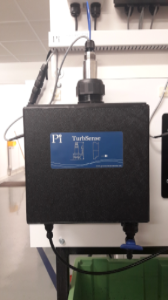
Pi’s CRONOS
® and CRIUS
®4.0 TurbSense
® has a very clever and simple calibration system, removing the need for a ‘zero’. Pi’s TurbSense
® takes advantage of the linear nature of 90° nephelometric turbidity to determine the zero. By varying the output light from the sensor the TurbSense
® varies the detected light at a constant turbidity. Therefore, the zero can be back calculated which removes any drift and ensures the most accurate zero achievable. To see a technical discussion on the measurement techniques employed by the TurbSense
®, click
here. The MutoLux® technology is so effective that TurbSense® users are finding that they never need to calibrate the sensor due to the elimination of drift by MutoLux®.
Fouling of optics
Turbidity probes are used in a wide variety of water applications from potable to waste waters. In many applications, the sample water can contain materials which can foul the optics preventing accurate measurements. Both particulates and bubbles could partially or completely block sensor optics. Taking the sensor out of a sample to manually clean is an inconvenience to an industrial process as it may need shutting down to do this. Pi’s TurbSense
® ensures fouling is never a problem and manual cleaning is rarely required by utilising the autoclean functionality in which water can be jetted across the optics, effectively keeping the sensor clean.
Poor accuracy at low level turbidities
Often as a result of manufacturers setting a zero, any subsequent electronics drift results in small errors. At low level turbidities, small errors can lead to a significant impact on the accuracy of the measurements. Due to the calibration method used by the TurbSense
® this is never an issue. Any drift is removed when a new zero is established on calibration. Using this approach, the end user can always have confidence in the measurements made by TurbSense
®.
Bubbles
All turbidity sensors are severely affected by bubbles because they affect the optical properties of the water they are in. To a sensor these bubbles look like turbidity. Bubbles can become entrained in the sample water and, when pressure is reduced, dissolved gases in the water can also nucleate on any surface as bubbles, including the sensor window. Both nucleated and entrained bubbles can result in erroneous readings, affecting the reliability of the measurements. Pi’s
CRONOS® and
CRIUS®4.0 TurbSense
® can utilise a flow cell, in which the sample flow passes through a baffle system, forcing the entrained air out of the sample. Alternatively, the flow cell can be operated up to 6 bar keeping dissolved gasses dissolved and removing the problem of the nucleated bubbles. These simple, yet highly effective features ensure the turbidity sensor is free of interference due to entrained and nucleated bubbles. To summarise, Pi’s TurbSense
® has all the functionality required to provide a highly accurate and reliable system. The instrument is free from the issues that so many of the current online turbidity instruments are plagued by, and with full functionality the instrument remains competitive on price. For a technical discussion on the effect of bubbles or on the measurement techniques employed by the TurbSense
®,
click here.
 Did you know that… …the TurbSense® uses a patented measurement method (MutoLux®) which means background light and electronic drift have no effect?
…Pi’s TurbSense® provides a resolution of 0.001NTU up to 1000NTU using a single point calibration with no zero required?
…the TurbSense® flow cell ensures the measurement is unaffected by both entrained and nucleated bubbles?
Did you know that… …the TurbSense® uses a patented measurement method (MutoLux®) which means background light and electronic drift have no effect?
…Pi’s TurbSense® provides a resolution of 0.001NTU up to 1000NTU using a single point calibration with no zero required?
…the TurbSense® flow cell ensures the measurement is unaffected by both entrained and nucleated bubbles? Pi’s CRONOS® and CRIUS®4.0 TurbSense® has a very clever and simple calibration system, removing the need for a ‘zero’. Pi’s TurbSense® takes advantage of the linear nature of 90° nephelometric turbidity to determine the zero. By varying the output light from the sensor the TurbSense® varies the detected light at a constant turbidity. Therefore, the zero can be back calculated which removes any drift and ensures the most accurate zero achievable. To see a technical discussion on the measurement techniques employed by the TurbSense®, click here. The MutoLux® technology is so effective that TurbSense® users are finding that they never need to calibrate the sensor due to the elimination of drift by MutoLux®.
Pi’s CRONOS® and CRIUS®4.0 TurbSense® has a very clever and simple calibration system, removing the need for a ‘zero’. Pi’s TurbSense® takes advantage of the linear nature of 90° nephelometric turbidity to determine the zero. By varying the output light from the sensor the TurbSense® varies the detected light at a constant turbidity. Therefore, the zero can be back calculated which removes any drift and ensures the most accurate zero achievable. To see a technical discussion on the measurement techniques employed by the TurbSense®, click here. The MutoLux® technology is so effective that TurbSense® users are finding that they never need to calibrate the sensor due to the elimination of drift by MutoLux®.
